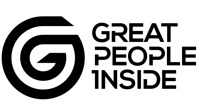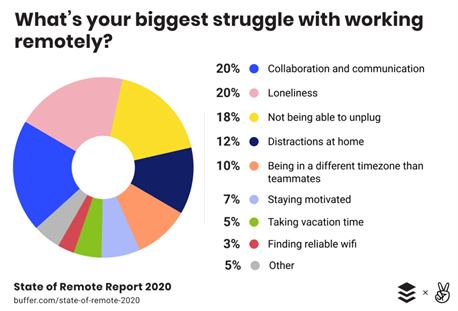People management skills are one of the essential soft leadership skills a leader should possess.
While working from home in some form is accepted will remain after COVID, managing teams remotely has, for the contemporary leader, added the need to develop new skills.
Now may be an opportunity for your business to increase focus on this area with employees recognising the value of these skills.
These skills help overcome challenges in the workplace and build your team and business for several reasons:
- handling interpersonal conflicts
- leading employee training
- managing deadlines
- communicating and distributing information between employees working remotely and onsite
- building a solid company culture, and
- developing your employees’ maximum capability.
Leaders who adopt people management skills provide constructive feedback and mentor employees to grow and succeed in their positions. Goals will also be able to be established and achieved. And overall, this results in a positive influence on the work environment.
A leader who has an in-depth understanding of their employees can evaluate:
- the strength and weaknesses of their team
- the resources required, and
- set realistic deadlines.
This approach encourages the employees to strive for success and not set them up for failure.
In addition, leaders are able to build rapport, ask the team for constructive feedback, and take actionable steps to make positive changes in the work culture. As a result, this benefits everyone.
Below are four critical people management areas to help you understand your team and individuals at all levels. From onboarding, developing new skills, preparing them for other roles, to working on specialised projects.
-
Understand Human Behaviour And Acknowledging Diversity
It is crucial to understand one simple concept – we are all different. Each individual will react and behave differently in any given situation.
A leader needs to realise that family, environmental and cultural influences have shaped some beliefs and behaviours. Understanding and learning some behavioural types and conditioning will allow leaders and managers to treat their employees with respect. In return, the business will be rewarded with best work practices, a motivated team, and valued ideas and opinions.
-
The Individual’s Purpose
It is also imperative to understand how the individual team member sees their own purpose in their role and how they can contribute to the business. This can lead to improvements at both the individual employee and business levels.
A continued effort in understanding their sense of purpose, whether they are in the office or working from home, ensures the individual and business goals stay aligned.
-
Transparent Communication
When there is open and transparent communication, it creates an atmosphere of trust. In effect, by employing people management skills, this communication works both ways, i.e., you tell, and they listen, and you have to do the same – listen to your employees.
This area is more critical than ever for businesses undergoing managing teams remotely. Video-based onboarding and mentoring and a remote communication strategy are essential for employee skill development and project delivery.
-
We Own This Together
While leading with example is great, it also benefits when you entrust team members with specific tasks which best fit their skill sets. It shows that you are acknowledging their skillset and allowing them to demonstrate their capabilities. As a result, the team is closer and creates an environment of ownership and positive experiences.
In a remote setting, delegate tasks through shared online platforms that allow for the employee’s autonomy while still maintaining a sense of community in the workplace.
Responsibility and accountability on both ends improve overall morale and reduces people management skills coming across as complicated, unnecessary at times, and time-consuming.
Ongoing people management for development and retention
Just because you have hired a superstar does not mean you don’t have to continue managing and developing them to maximise their potential and business outcomes.
Development should start from day one of an employee’s journey with their new company. The rapport the new employee develops with the company can have long-lasting effects on the business, including the employee retention rate.
Trends have seen employees become more focused on developing their individual skills. Placing importance on their progress can help connect their goals to the more significant objectives of the business. Supporting these goals can be achieved remotely from the onboarding stage and continue through employment by hosting video workshops and online training seminars.
Many reasons cause an employee to leave an organisation, such as:
- a lack of training
- development
- engagement
- progression opportunities.
Quantify top performance
Many assessments compare candidate results against generic benchmarks or no benchmark at all. In other words, this leaves the user with either no reference point or, at best, a near enough is good enough benchmark.
At GPI, we believe assessing an individual’s job performance as accurately as possible requires benchmarks built specifically for each role. Assessments can apply to both positions operating onsite or remotely. By identifying the success DNA of your top performers, you can create job benchmarks based on what success looks like in your business. Further development of your existing team members can be implemented where appropriate, including a coaching option.
As the employer, benchmarking flows through promoting and succession planning of your people to measure candidate profiles against the relevant top-performing role profile in your organisation.
Given these points, assessments that treat people as multi-faceted complex individuals we are, open a world of possibilities with both your new and existing people. You will find yourself in the stronger position of identifying your people’s true potential and providing opportunities for laser-focused development.
If you’d like to trial our assessments for consideration as part of your organisation’s people management strategy – contact us.


